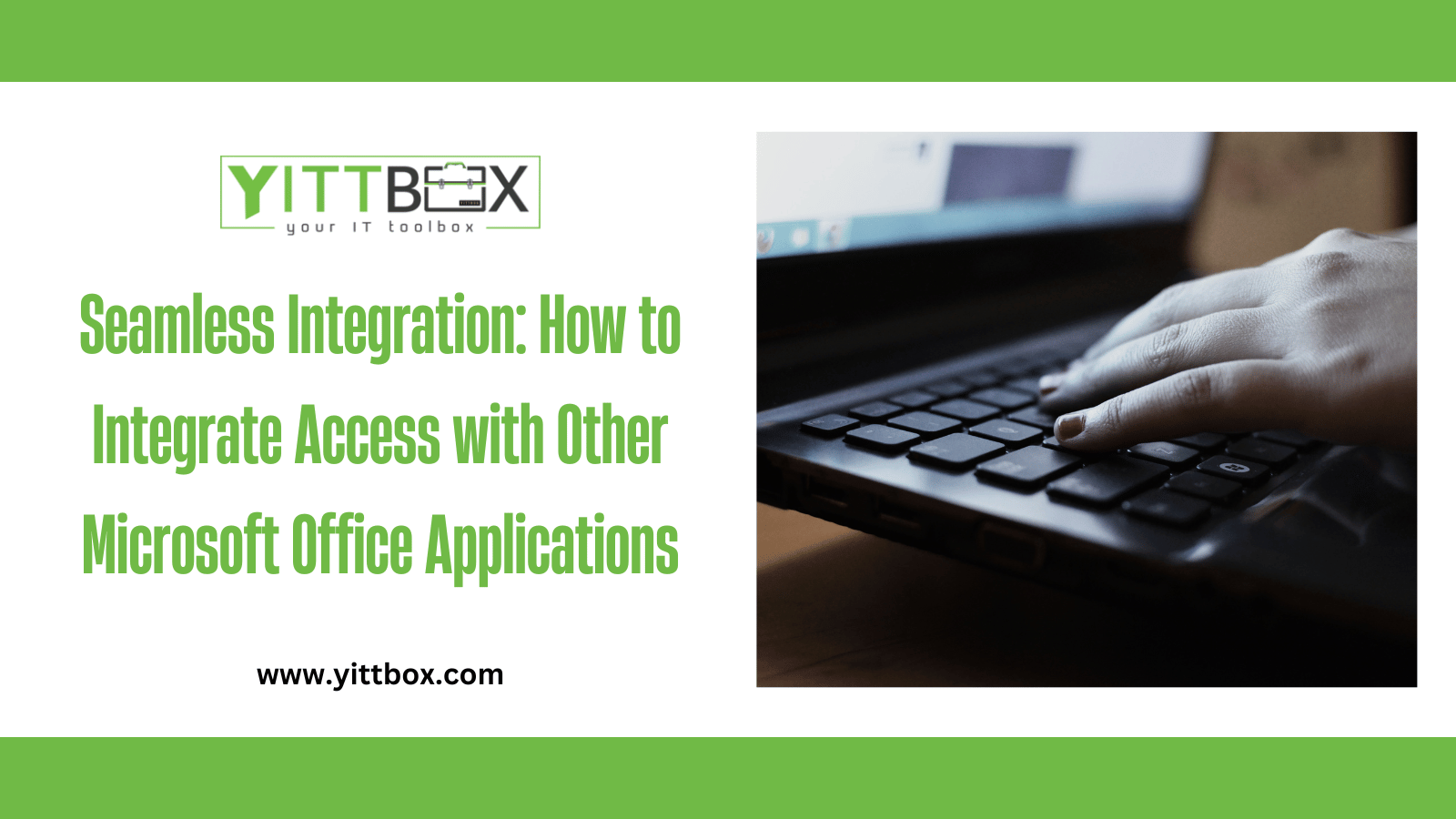Introduction: How to Integrate Access with Other Microsoft Office Applications
Microsoft Access is a powerful database management system that works seamlessly with other Microsoft Office applications like Excel and Word. In this blog, we'll explore the art of integrating Access with Excel, Word, and other Office apps to leverage their combined capabilities. By mastering these integration techniques, you can enhance data analysis, automate reporting, and streamline workflows like never before.
The Power of Integrating Access with Other Office Applications
Integrating Access with other Microsoft Office applications unlocks a wealth of possibilities. By combining the strengths of each application, you can optimize your data management processes, create dynamic reports, and facilitate better collaboration.
1. Exporting Data to Excel
Discover how to export data from Access to Excel for advanced data analysis and visualization. Learn about the various export options, such as exporting tables, queries, or reports, and maintain data integrity during the process.
2. Importing Excel Data into Access
Import data from Excel into Access to consolidate information from various sources into a single database. This integration ensures data accuracy and facilitates comprehensive data analysis and reporting.
3. Automating Data Updates with Excel
Create dynamic connections between Access and Excel, enabling automatic data updates in Excel when changes occur in the Access database. This real-time data synchronization enhances accuracy and minimizes manual data entry.
4. Generating Word Documents from Access
Integrate Access with Word to automate document generation. Learn how to create custom templates and merge data from Access into Word documents, such as letters, invoices, and reports, saving time and improving consistency.
5. Automating Mail Merge with Word
Automate mail merge processes by linking Access data to Word for personalized mass communications. Efficiently send bulk emails or generate custom letters, improving communication efficiency and enhancing customer relationships.
6. Embedding Access Objects in Word and Excel
Embed Access forms, reports, or queries in Word or Excel to present data interactively within your documents or spreadsheets. This integration allows you to display real-time data insights without leaving your Office applications.
7. Using Access Data as a Data Source in PowerPoint
Integrate Access data into PowerPoint presentations to create dynamic data-driven slides. Showcase key metrics, charts, and visuals directly from your Access database, making your presentations more impactful and engaging.
8. Sharing Data with Outlook
Integrate Access with Outlook to streamline email communications and task management. Learn how to link Access data to Outlook contacts, appointments, and tasks for improved organization and productivity.
Conclusion: How to Integrate Access with Other Microsoft Office Applications
Integrating Microsoft Access with other Office applications empowers you to harness the full potential of your data. This blog has provided a comprehensive guide to seamlessly integrating Access with Excel, Word, PowerPoint, and Outlook.
By mastering these integration techniques, you can optimize your data management processes, automate reporting, and create dynamic presentations, elevating your productivity and making data-driven decisions with confidence.







